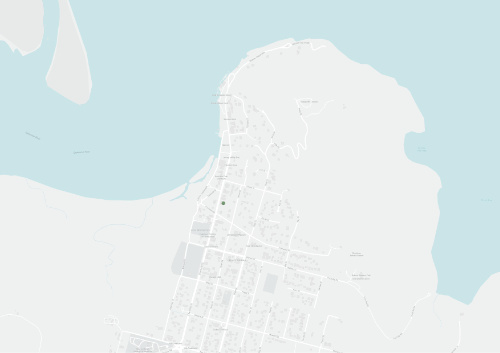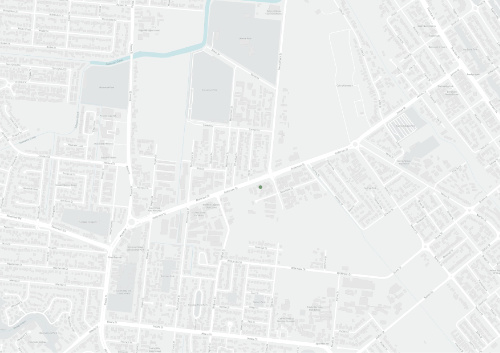Cape York NRM
Maintaining wetlands monitoring
Maintaining wetlands monitoring
The Mary Valley wetlands will undergo a new round of monitoring as an ongoing record of how the area is fairing following works carried out on Country.
The monitoring is part of the Building Traditional Owner Capacity to Maintain Water Quality on Traditional Lands project being carried out by Kyerrwanhdha Thingalkal Land Trust on Mary Valley Station, with assistance from Cape York NRM.
This month, Cape York project officer Ben Ansell visited one of the wetland sites with Traditional Owner Ashley Lyall to determine the percentage of feral cattle footprints, pig damage and live vegetation cover in the area.
“This is a key element to doing wetland health assessments and water quality monitoring,” Ben said.
“These wetlands are on the eastern catchments of Cape York and the water ultimately flows into the Great Barrier Reef, so it's important we assess any damage from cattle and feral pigs, as well as infestations of pest plants which can severely impact the heath and water quality of wetlands.”
The three wetlands chosen for monitoring border the Morehead River, which flows into the North Kennedy River, and then on to Princess Charlotte Bay and the inner lagoon of the Great Barrier Reef.
Fencing and weed spraying has been carried out under the project and baseline monitoring conducted in February 2022.
“The data from the initial monitoring gave us great insight into the water quality and the diversity of species,” Ben said. “There was a high fish diversity, and the discovery of large numbers of turtles. They are pretty healthy wetlands.”
The surveying was conducted by Traditional Owners who were trained in the use of water monitoring equipment and the recording of results by Cape York NRM’s Dr James Dobson, and Dr Brendan ‘Ebb’ Ebner from TropWATER, at James Cook University.
The Traditional Owners will conduct the latest monitoring in the coming months.
“These wetlands provide habitat for many fish species, aquatic birds, amphibians, reptiles and aquatic plants,” Ben said. “They are also important on Cape York for grazing cattle, sustaining the industry through the dry season with reliable pockets of edible pasture. So its really important to find the right balance in protecting them.”
The Project is funded by the Great Barrier Reef Foundation Healthy Waters Grant.

